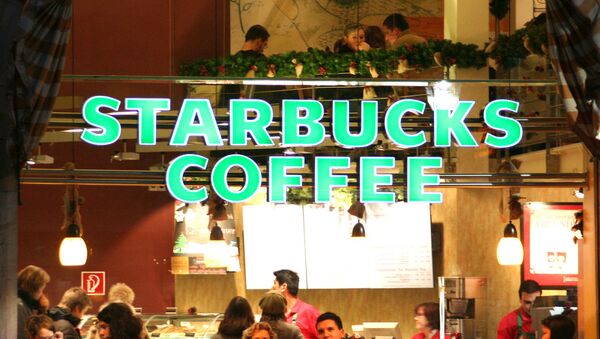When Howard Schultz began working at Starbucks it was a small, independent upscale coffee-bean roaster that distributed to other restaurants, but had no retail outlets of its own. Schultz took a trip to Italy and, wanting to create a variant of Italian café culture in the US, he wrangled a team of investors to buy out the roaster for $3.8 million.
From there, he developed coffee shops as a mixture of meeting place and working space, with comfy leather chairs, innocuous music and inoffensive ambience. People now pay above-average prices for average coffee drinks knowing that they’ll be inhabiting the place for the next 8 hours because they prefer Starbuck’s to their home environment to do their work.
Now the corporation has grown so big that it has an international presence. But, with a new outlet opening in Italy, Howard Schultz may discover that his version of Italian coffee culture is entirely foreign to Italians. Starbucks CEO Schultz has now announced that the coffee chain he started as an inspiration from a trip he took to Italy thirty-three years ago will open its first Italian shop in Milan by 2017.
Italians, those unique people who drink coffee because they like it, and, even more remarkably, while standing, will soon have the pleasure of experiencing an internationally regurgitated version of a national pastime.
The American Dream, that of being an underemployed and entitled citizen, armed with inalienable personal rights being sold unnecessary items while in the throes of a caffeine overdose, will now be available to all Italians.
Some Italians are not convinced just how much better their lives are about to get. One Italian Twitter poster referred to Starbucks as something to avoid, akin to McDonalds. Another postulated that the arrival of Starbucks could destroy the country. But it was Helen Berners who won the Twitter battle, by prognosticating that Starbucks’ European imperialism signaled an impending apocalypse.
Starbucks shareholders would beg to differ.





